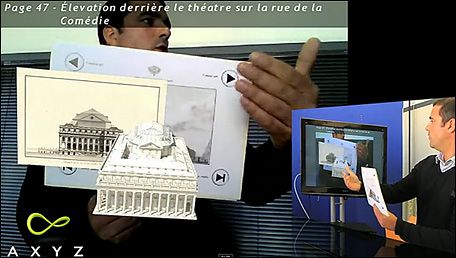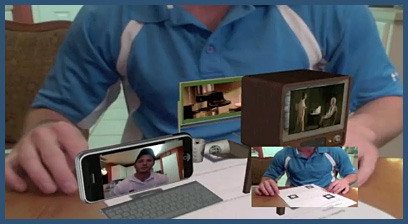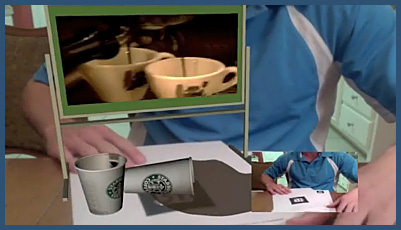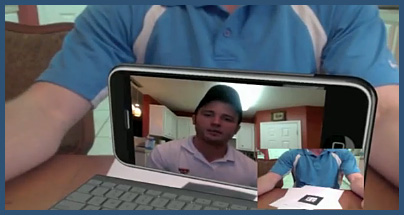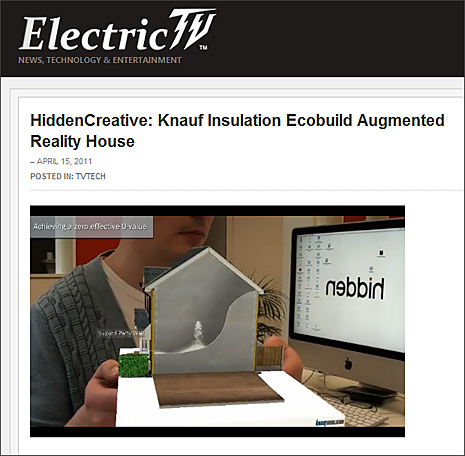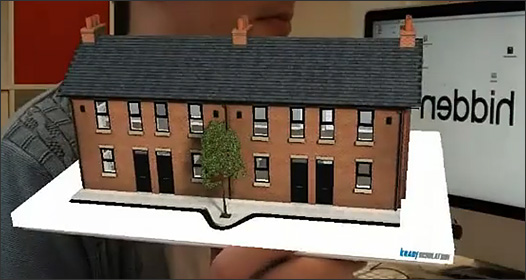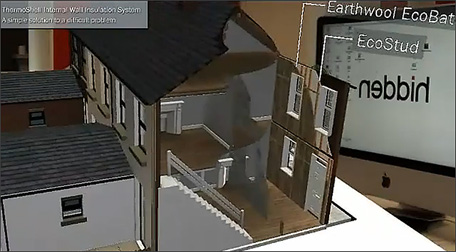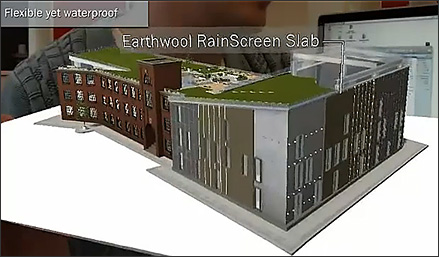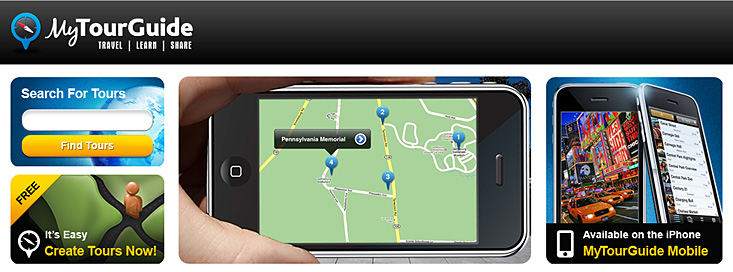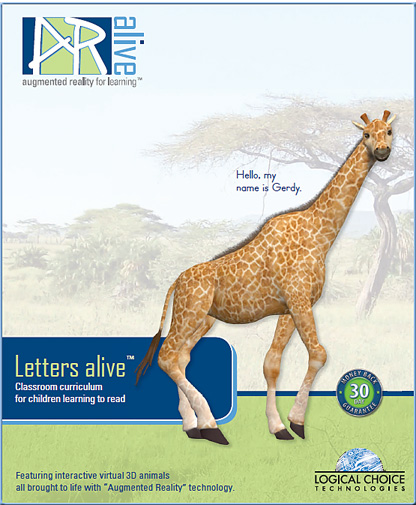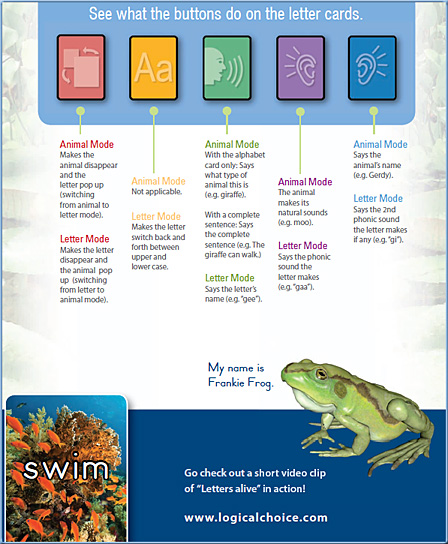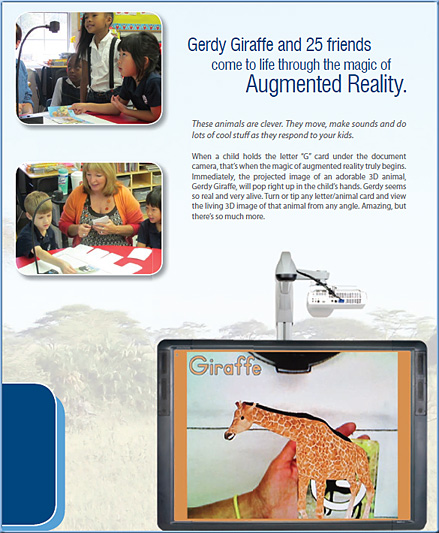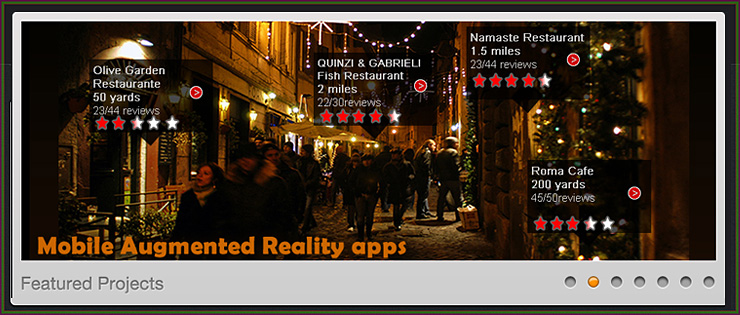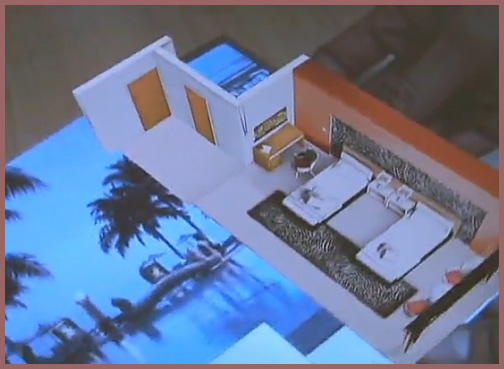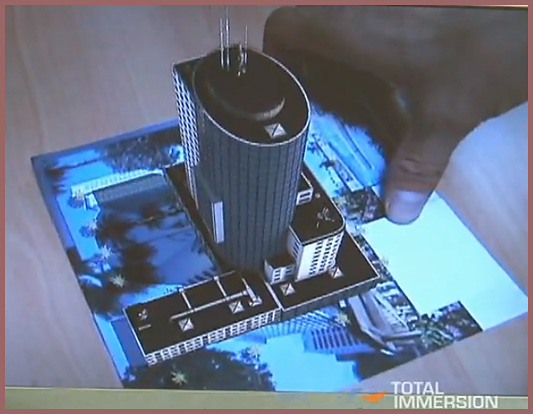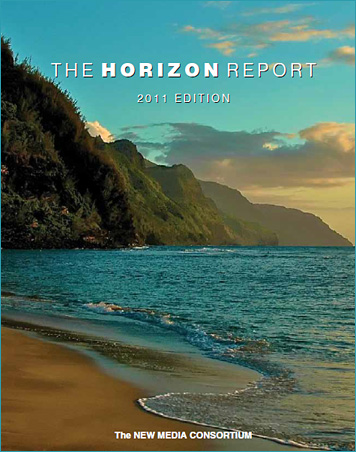[Concept] The new “textbook”: A multi-layered approach — from Daniel S. Christian
I’ve been thinking recently about new approaches to relaying — and engaging with — content in a “textbook”.
For a physical textbook
When opening up a physical textbook to a particular page, QR-like codes would be printed on the physical pages of the textbook. With the advent of augmented reality, such a mechanism would open up some new possibilities to interact with content for that page. For example, some overall characteristics about this new, layered approach:
- Augmented reality could reveal multiple layers of information:
- From the author/subject matter expert as well as the publisher’s instructional design team
- Main points highlighted
- Pointers that may help with metacognition, such as potential mnemonics that might be helpful in moving something into long-term memory
- Studying strategies
- A layer that the professor or teacher could edit
- Main points highlighted
- Pointers that may help with metacognition, such as potential mnemonics that might be helpful in moving something into long-term memory
- Studying strategies
- A layer for the students to comment on/annotate that page
- A layer for other students’ comments
- From the author/subject matter expert as well as the publisher’s instructional design team

For an electronic-based textbook
- The interface would allow for such layers to be visible or not — much like Google’s Body Browser application
- For example, in this graphic, comments from the SME and/or ID are highlighted on top of the normal text:
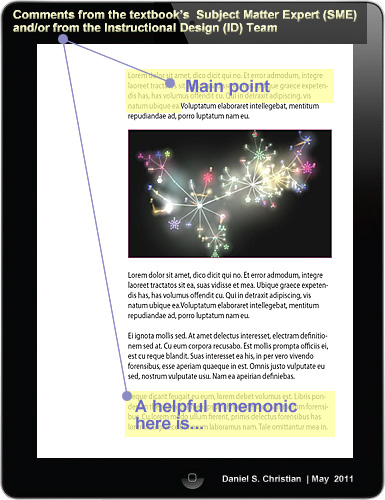

Advantages of this concept/model:
- Ties physical into virtual world
- We could economically update information (i.e. opens up streams of content)
- Integrates social learning
- Allows SMEs, IDs, faculty members to further comment/add to content as new information becomes available
- Instructors could highlight the key points they want to stress
- Many of the layers could offer items that might help with students’ meta-cognitive processes (i.e. to help them learn the content and move the content into long-term memory)
- One could envision the textbook being converted into something more akin to an app in an online-based store — with notifications of updates that could be constantly pushed out
Addendum (5/26):
- Mobile Augmented Reality: Creating 21st Century Classroom Resources — from k12mobilelearning.com by Johnny Kisso











